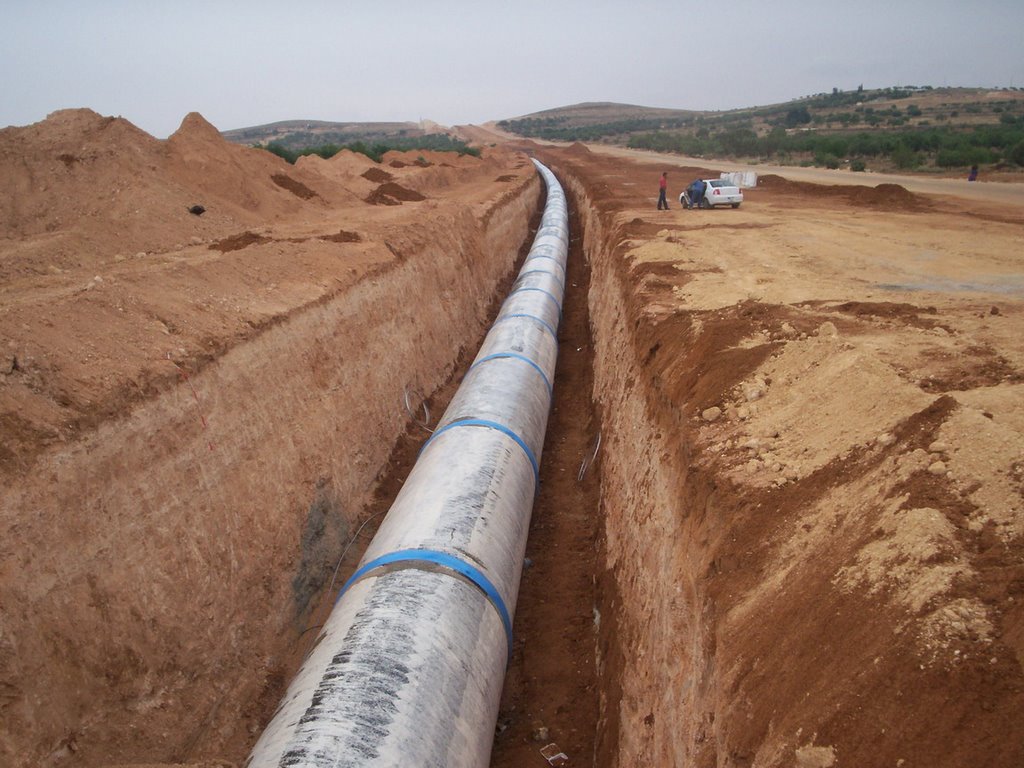My family members, on both my mother’s and my father’s sides, served in the Canadian forces in both world wars. But I also have another connection with wartime: my husband’s family.
He was born in Berlin after the war and emigrated to Canada as a young man. His father Kurt Drews flew with the Luftwaffe, and his mother Gerda Kernchen lived through the bombing of Berlin and its occupation by Russia at the end of the war.
Gerda is now 86, still living in Berlin, and often visits us in Canada. Recently I interviewed her on tape about her wartime experiences. Since she doesn’t speak English, the recording was translated by my husband.
Her description of what she experienced during the bombing is very sad. Please note that by repeating her words, I make no comment on the Allied bombing initiative, or the incredible bravery of our young air crews. But their courage in the air shouldn’t detract from the suffering of the civilians on the ground.
This is the first of a two-part series. This week, Gerda describes her life during the war, when Berlin was bombed 363 times. Next Wednesday, she explains what happened when her city fell to the Russians.




